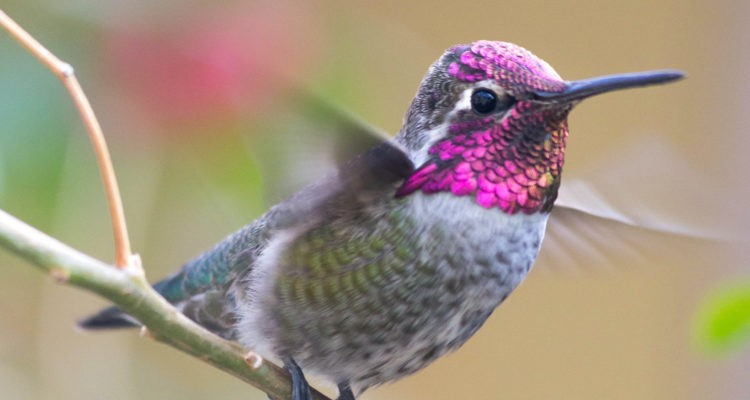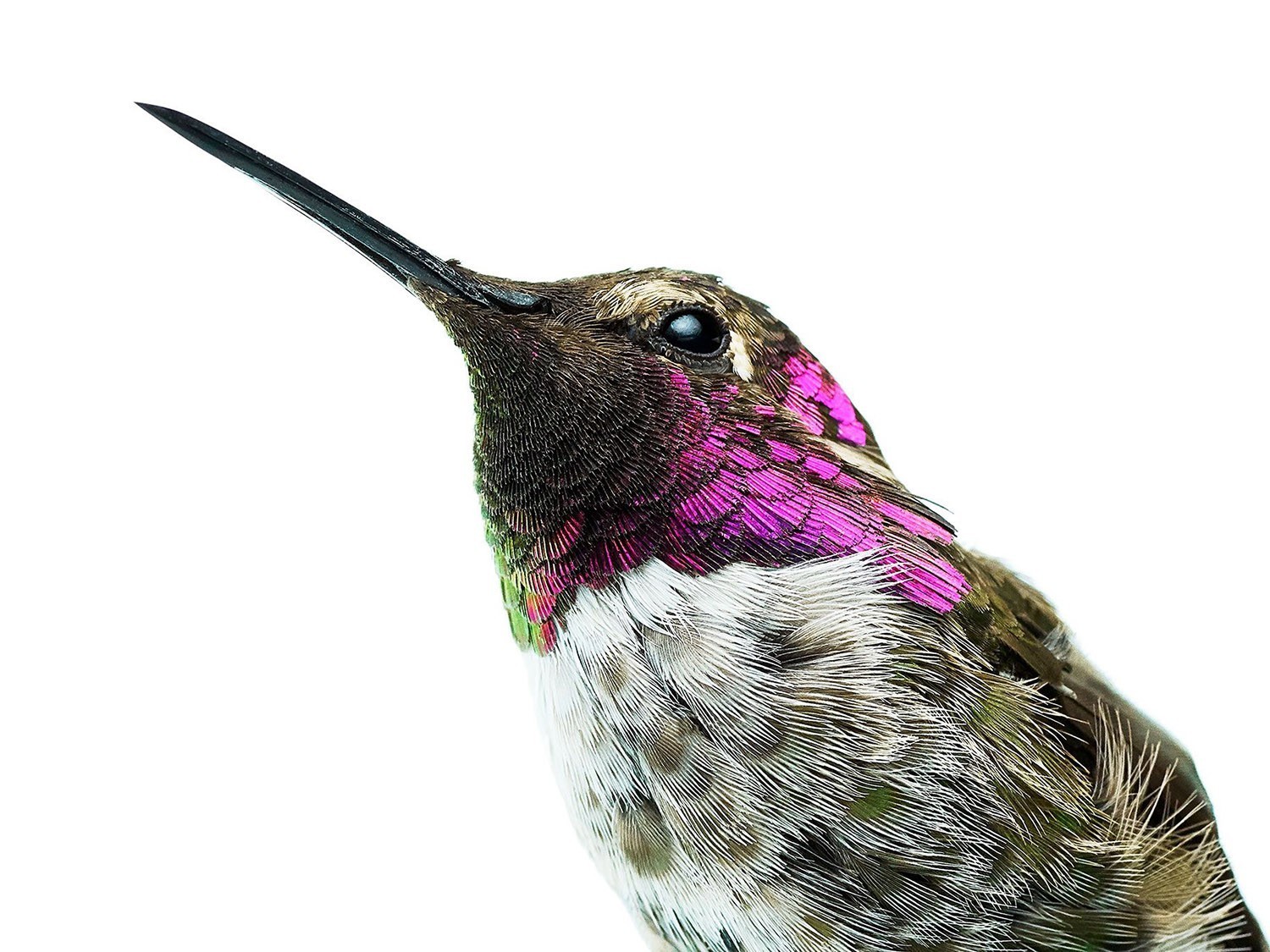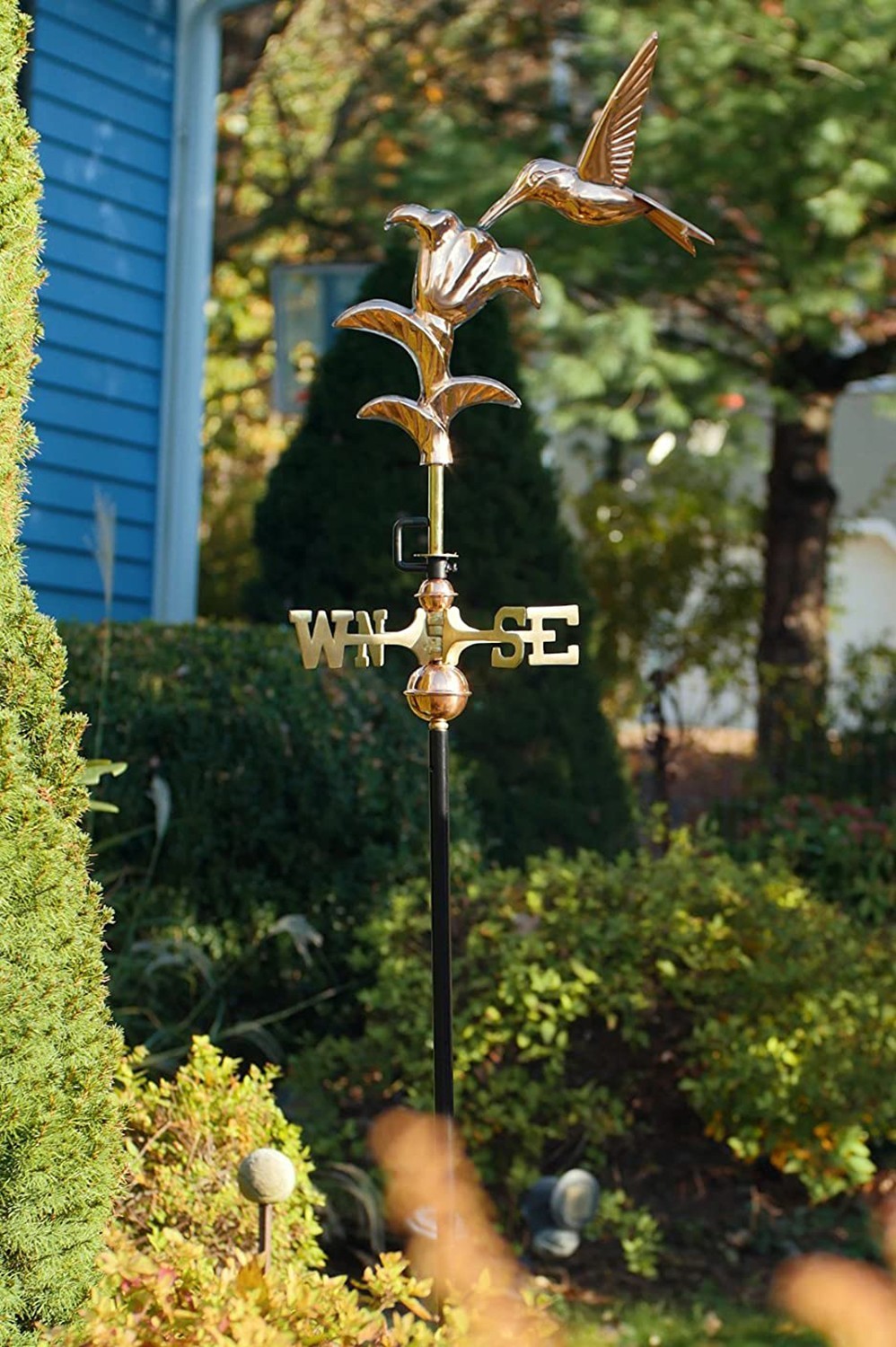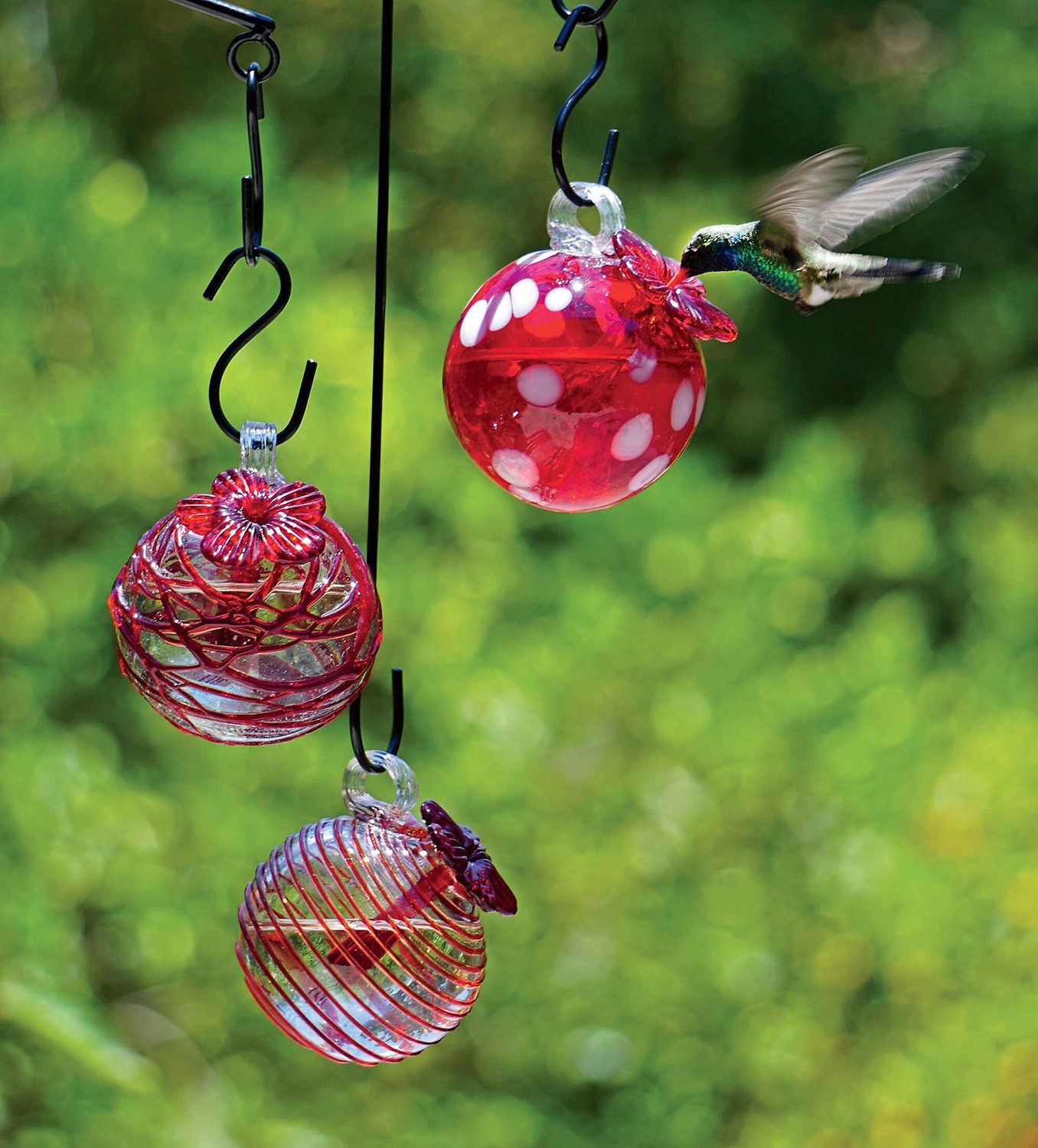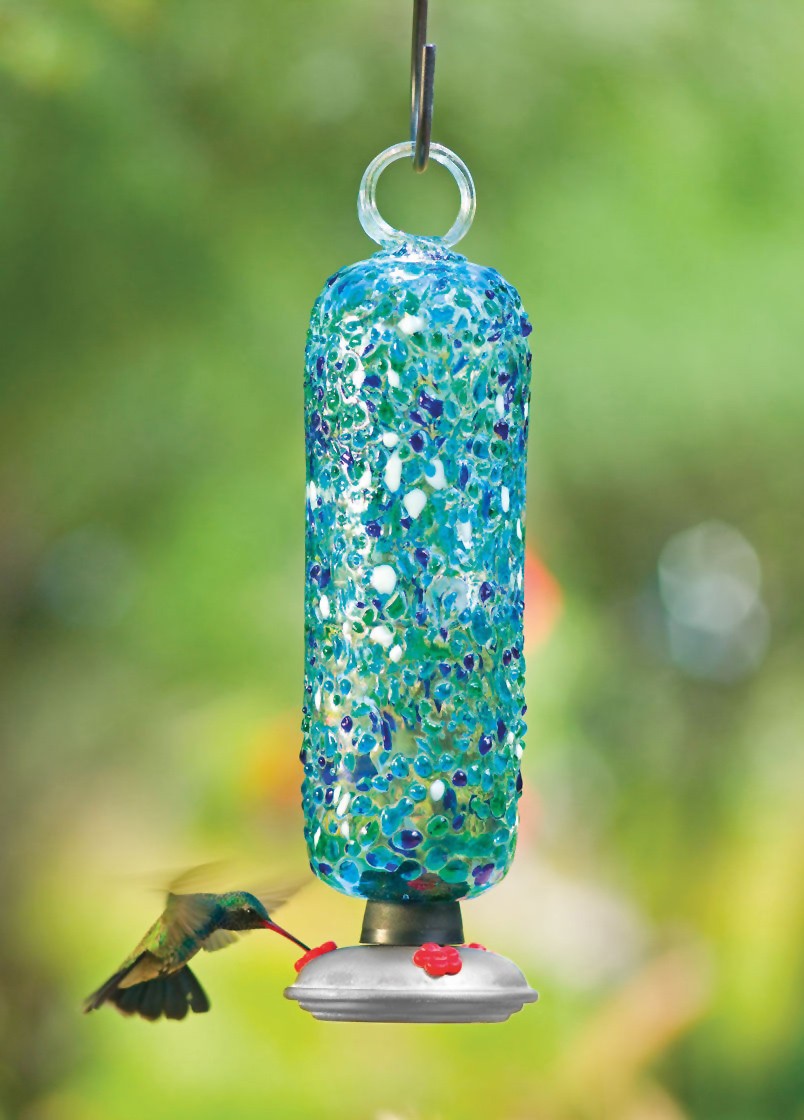A sure sign of spring is the return of our feathered friends, including one so small and skittish they rarely stay still long enough to pose for a picture.
Hummingbirds are fascinating tiny little birds known for their acrobatic flying style. Some of their tricks include hovering, flying upside down and flying backwards. And I can attest that the ones in my backyard, love to dart around us during dinner on the deck. Maybe they are attracted to my glass of red wine???
Small and Mighty
Weighing only about three grams, these hummers’ hearts beat up to 1,260 beats a minute and wings flap 15 to 80 times a second during migration. To fortify themselves for the trip, they will gain 25-40% of their body weight. Flying during the day when nectar is readily available from flowers, they tend to fly low as to see and stop for food along the way.
The most popular species in our backyards is the Ruby-Throated Hummingbird. Spending its winters in Mexico, this small hummingbird takes a perilous route of flying over 500 miles non-stop over the Gulf of Mexico. Taking that into consideration, shouldn’t we reward them for returning to our backyards every Spring?
Time to Eat!
Their favorite treat is the nectar from brightly colored flowers. Choose flowers that have tapered or long shapes as those are perfect for their long bills. They tend to hold the most nectar and will have these hovering birds returning regularly for more sips. These include perennials, such as daylilies and columbines, which are native plants that thrive with little care. Other favorites are petunia, bleeding hearts, bee balm and lantana. Many of the same plants loved by hummingbirds are also favorites for butterflies, bees and other pollinators.
The next best thing to flowers is a hummingbird feeder filled with nectar. The most popular feeder is a vacuum style, where the inverted bottle of nectar fills the feeding port base and is lapped up by the hummingbird’s bill and tongue as they hover over the feeding port. This style is easy to clean, and cleaning should be done every time you change out the nectar. Feeders should be brightly colored and are available in a myriad of sizes and shapes.
When to Expect These Visitors
Hummers are usually seen from mid-April to October in our neck of the woods, being the most active in the morning and late afternoon/early evening. If you keep an eye out for them, you will notice their habits and can keep a lookout during that time for their visit. Once they start appearing regularly, you can introduce yourself to them. Just take a seat outside in the near proximity of the feeder and sit very still. These tiny guys are very skittish and will quickly fly away if there is sudden movement nearby.
Over time, they will get used to you being there, though Hummie, as I affectionately call the hummingbird who regularly visits my feeder, doesn’t like it when I sit on the glider directly below the feeder. He will hover in front of me and then fly off, doing this repeatedly until I move to a different chair.
It is said that those who visit one summer will return the next so be sure to be ready for their return. I’ll have my feeder out and filled with fresh nectar in anticipation for the first sighting.
Hummingbird’s Favorite Food
- 4 parts water
- 1 part white sugar
- Mix water and sugar until the sugar is dissolved. Extra sugar water can be stored in the refrigerator.
Don’t add red food coloring, instead choose a red or brightly colored feeder that will attract them. Start out by partially filling the feeder and watch how much is being drank over a period of days and adjust your amount accordingly. Change out the homemade nectar weekly; more often during hot months or if your feeder is directly in the hot sun.
Hummingbird Goods
Metalbird Hummingbird
$59.95 | gardeners.com
Hummingbird Garden Copper Weathervane with Pole
$169 | gardeners.com
Droplet Hummingbird Feeders, Set of 3
$69.96 | gardeners.com
Filagree Hummingbird Feeder
$49.95 | gardeners.com

